
If you’re promoting an event in 2025, you’re competing for attention on every screen. Budgets keep shifting to digital, and leaders demand proof of impact. In fact, recent research shows CMOs now allocate over half of their spend to digital channels, reflecting a clear bias toward measurable outcomes and agile tactics. Gartner reports that digital channels account for 61.1% of total marketing spend. That reality shapes how event marketers weigh “online ads or influencer marketing” for launches, on-sales, and late-stage pushes.
Short answer: it’s not either/or. Online ads give you scalable reach and precise, trackable acquisition for RSVPs and ticket sales. Influencers lend credibility, community access, and story-rich content that people trust. The right mix depends on your goals (awareness vs. tickets), your audience (B2B vs. consumer; local vs. national), budget, and your measurement setup.
Online advertising spans search (Google, Bing), social (Meta, TikTok, LinkedIn), YouTube/Demand Gen, and display/programmatic. These platforms offer robust demographic, interest, and intent-based targeting, plus first‑party audience lists (email/CRM uploads and website remarketing). Most also provide native conversion tracking for registrations and ticket purchases, so you can optimize for the outcomes that matter.
The Loopyah Content Team shares expert insights, practical guides, and industry updates to help event organizers create unforgettable experiences and stay ahead in the event planning world.
marketing
For event goals that have a clear action—RSVPs, ticket purchases, form fills—ads shine because they combine precise targeting with measurement. You can start small, test creative and audiences, then scale spend into what converts. Automation (Performance Max, Advantage+, Demand Gen) can improve efficiency—provided you have clean conversion data and a steady stream of creative to test.
Precise targeting: Reach likely attendees by location, demographics, interests (music genres, foodies, sports fans), job titles (for B2B), and intent segments (e.g., people actively searching for “concerts this weekend”). Upload your past attendee list to re‑engage loyal fans.
Measurable ROI: Track add-to-carts, purchases, and event registrations to see what ads drive outcomes. Run A/B tests, analyze multi‑channel attribution, and use lift studies where available.
Scalable and flexible: Increase budget when you’re close to a sell‑out; pull back if you hit frequency caps or rising CPAs. Shift spend across platforms as results come in.
Efficient economics (often): Benchmarks suggest arts & entertainment and restaurants & food categories can see lower average search CPCs (roughly $1.60–$2.05 in recent data), which helps local event math—especially when your landing pages convert well.
Want help picking platforms? See our breakdown of the best ad platform for ticket sales.
Real‑world signals: B2B brands consistently report strong conversion rates from LinkedIn’s native event formats and thought‑leader placements. Consumer events often find search + social retargeting a reliable backbone for sales, with creative fatigue addressed by mixing static, short‑form video, and creator‑inspired ads.
Influencer marketing taps creators—people whose audiences trust their recommendations. For events, creators can spark discovery (“Wait, this is happening in my city?”), convert FOMO into action, and provide a steady cadence of authentic content before, during, and after your event.
A 2025 meta‑analysis covering 251 studies found that influencer marketing significantly moves attitudes, engagement, and purchase outcomes, with effects moderated by post style, follower dynamics, and creator characteristics. Matching the right creator to the right audience—and letting them tell your story authentically—drives impact. Read the research.
Nano creators (1k–10k followers): Highly niche, highly engaged. Great for hyper‑local events and community gatherings.
Micro creators (10k–100k): Often the best engagement per dollar for niche segments (genre music fans, local foodies, sports communities). Ideal for targeted bursts and cost‑efficient CPMs.
Macro creators (100k–1M+) and celebrities: Big reach, higher costs, and more production. Useful for national tour dates, arena shows, or tentpole festivals that need top‑of‑funnel buzz.
Market analyses consistently show micro creators dominating supply and posting strong engagement rates. Practically, this means several micro creators can outperform a single macro influencer on engagement per dollar—especially when your event targets a specific niche.
Credibility and trust: Creators can lend authenticity to your message, translating your event’s value into a voice that resonates with their community.
Community reach and engagement: Influencers activate tight‑knit communities—from craft beer aficionados to enterprise data leaders—who tend to comment, share, and act.
Authentic content and storytelling: Creator‑made short‑form video, carousels, and live streams bring your experience to life, and can be repurposed into ads (with permission) to boost efficiency.
Example: A European music festival shifted to a TikTok‑first approach with creator content and Spark Ads; the campaign generated millions of views, a sharp jump in followers, and a significantly lower CPA for ticket sales versus other platforms. The lesson: authentic, creator‑led short‑form video converts festival FOMO into purchase intent.
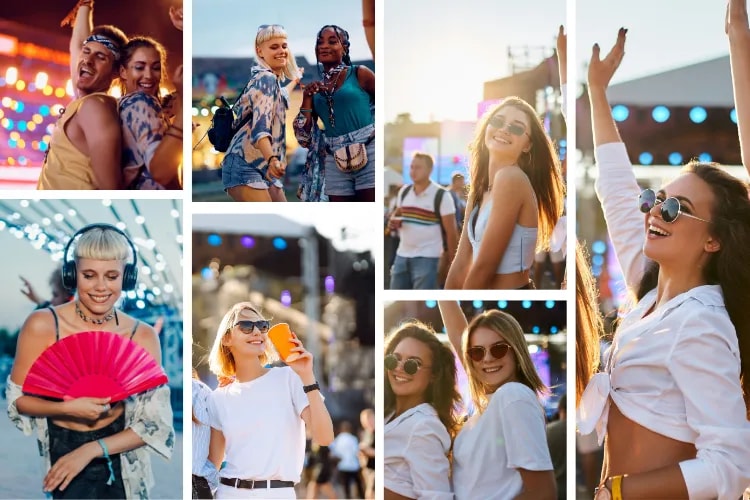
Compliance note: require clear, conspicuous paid disclosures across posts, stories, and live content, and monitor for proper tagging to maintain credibility and reduce legal risk. Build this into your briefs and contracts.
For a deeper playbook on working with creators, read our guide to event influencer marketing.
Online ads can scale rapidly using location targeting, interest segments, intent data, lookalikes, and first‑party lists. You can reach large, qualified audiences on demand.
Influencer marketing’s reach is bounded by the creator’s community but often far more engaged. For niche segments (local gamers, jazz fans, runners), micro creators can punch well above their follower counts.
Online ads’ costs vary by market, competition, and quality. Event‑friendly categories like arts & entertainment often see lower search CPCs, helping local promotion. Social CPMs fluctuate with seasonality—expect higher costs during peak weekends and holidays.
Influencer pricing scales with reach, production scope, and usage rights. Micro creators are typically the most cost‑efficient for targeted events. Model both channels’ cost‑per‑acquisition (CPA) scenarios and fund the mix with the lower marginal CPA.
Ads can feel promotional; creators often feel more authentic—provided the match between the influencer and your audience is strong and disclosures are transparent. Pairing creator content with performance ads lets you borrow trust while maintaining conversion efficiency.
Ads offer full control over creative, messaging, and timing. In creator partnerships, overscripting tends to reduce performance. Set clear briefs and guardrails, then let creators lead execution in their voice.
Online ads provide granular analytics and native conversion tracking—ideal when your KPI is tickets. Influencer ROI can be harder to pin down; use unique links/codes, UTM parameters, and brand‑lift or MMM to capture halo effects. Decide the channel mix by the KPI you must prove and the measurement you can reliably execute.
Decide your channel mix by the KPI you can prove. Use ads for scalable, trackable acquisition and creators for credibility and community lift—then measure both.
Strategy: A summer beach festival combined TikTok creator collaborations with Spark Ads and always‑on search/social retargeting. Creators teased the lineup, travel hacks, and “first timer tips,” while ads captured demand as interest spiked.
Results: Creator‑led short‑form video generated over 13M views, 200%+ follower growth, and a roughly 49% lower CPA for ticket sales versus other platforms reported in similar campaigns. Blending creator credibility with paid amplification turned social buzz into conversions.
What to copy: Brief creators around specific moments (lineup drops, on-sale, price increases), use Spark Ads/boosting to scale winning posts, and keep retargeting live until sell‑out.
Strategy: A data cloud vendor activated LinkedIn Event Ads and Thought Leader Ads from executives, plus blogs and webinars. The media plan targeted job titles and firmographics while retargeting site visitors and past registrants.
Results: Nearly 7,000 registrations with a ~27% attendee rate and a tranche of high‑quality enterprise leads. Another dev‑tools brand reported ~840 registrations from Event Ads—about 15% of total—at a 5.5x higher registration rate than standard sponsored posts. The lesson: for B2B events, LinkedIn’s native formats and credible voices convert.
What to copy: Align content to pain points and sessions, run Event Ads to warm audiences, and empower leaders to post in their authentic voice.
Strategy: The nonprofit used Google Ad Grants (up to $10,000/month in search ads for eligible nonprofits) to capture intent (“charity gala near me,” “donate to mental health”). Local micro influencers—community leaders and volunteers—shared stories to build credibility. Email nurtured donors with VIP table options and silent auction teasers.
Results: Donations and RSVPs rose notably year‑over‑year, mirroring results seen across Ad Grants success stories (e.g., Samaritans’ $48,000 online uplift; 11% of fundraising event registrations). Always‑on demand capture plus community voices drove both attendance and giving.
What to copy: If eligible, set up Ad Grants. Pair community creators with clear calls to buy tickets or donate. Use email cadences to move donors from interest to action.
Looking to systematically increase conversions? Start with our breakdown of the factors affecting ticket sales conversion.
Are you trying to sell out a date, build awareness for a new series, grow your email list, or attract a specific buyer profile? If the KPI is hard sales, ads typically lead. If the KPI is social buzz, community penetration, or content creation, creators play a larger role.
Build Personas × Channels. For B2C, define location radius, age, interests, and behaviors (concertgoers, foodies, sports fans). For B2B, specify industries, company size, functions, seniorities, and pain points. Map each persona to platforms and creators they already trust.
Draft CPA scenarios for both ads and creators. Include media/creator fees, production costs, and the value of usage rights (if you plan to turn creator posts into ads). Fund the mix with the lower marginal CPA for your primary KPI—and reserve budget to test the other channel.
Local/community events: Search + social retargeting + micro creators in the neighborhood.
Festivals/tours: Creators for hype + YouTube/TikTok short‑form + performance retargeting and lookalikes.
B2B conferences: LinkedIn Event Ads, Thought Leader Ads, and expert creators; heavy on content and lead quality.
Do you have the in‑house skills to run media and creative testing? Access to creators in your niche? A landing page builder and email engine to nurture interest? With Loopyah’s email tools, you can segment attendees, send reminders, and boost conversion from your paid and creator traffic.
Implement conversion tracking, UTMs, and pixel-based retargeting. For creators, use unique links and codes, and set clear reporting expectations. If awareness is the KPI, plan brand‑lift studies or sentiment tracking across social and search.
Run a test plan across both channels. After 1–2 weeks, shift budget into the lower marginal CPA or, for upper‑funnel goals, the higher verified reach and lift. Keep iterating creative and audiences—especially short‑form video and creator collabs.
New to testing paid or creators? Start with our event email marketing strategy to support your paid traffic with nurturing and reminders.
Lead with creative: Use quality short‑form video (30–45s) showing the experience—crowd energy, food, behind‑the‑scenes. Creator content often outperforms brand‑only visuals.
Sequence your campaigns: Awareness (creators and YouTube/TikTok) → Consideration (retargeting, email, social) → Conversion (search, high‑intent audiences, last‑minute deals).
Retarget relentlessly: Build segments for page viewers, add‑to‑carts, video viewers, and engaged social users. Serve urgency messaging (limited inventory, price increases).
Make landing pages fast and focused: Put the lineup/date/venue above the fold, list ticket tiers, add social proof, and minimize checkout friction. Then A/B test headlines and CTAs.
Use email to lift paid and creator ROI: Send on‑sale alerts, price‑increase timers, and abandoned checkout nudges. Upload engaged audiences back into ads to create a positive feedback loop.
Price smart: Early‑bird and tiered pricing create natural urgency. See our guide to ticket pricing strategies to set thresholds that convert without leaving money on the table.
Co‑create with influencers: Invite creators to host meetups, backstage walk‑throughs, or live sessions. Repurpose the best pieces into paid ads (with usage rights) to multiply reach.
Measure what matters: Set a single north‑star KPI per phase (awareness vs. tickets), define success thresholds in advance, and collect learnings to inform your next event.
Need help putting these pieces together? Explore Loopyah’s event software features and start promoting smarter today.
So—online ads or influencer marketing? The most effective strategy for most events is a balanced plan anchored to your goals and measurement. Use ads when you need scalable, trackable acquisition for RSVPs and ticket sales. Use creators when you need credibility, social proof, and community lift. Then, combine them: let creators generate demand and repurpose their best content inside your ad accounts to convert efficiently.
Budgets will keep moving into digital, and the bar for proof will keep rising. Instrument measurement upfront, keep creative fresh, and shift budget to the lower marginal CPA or the higher verified brand lift for your event. That’s how you promote smarter—and sell out more often.

marketing
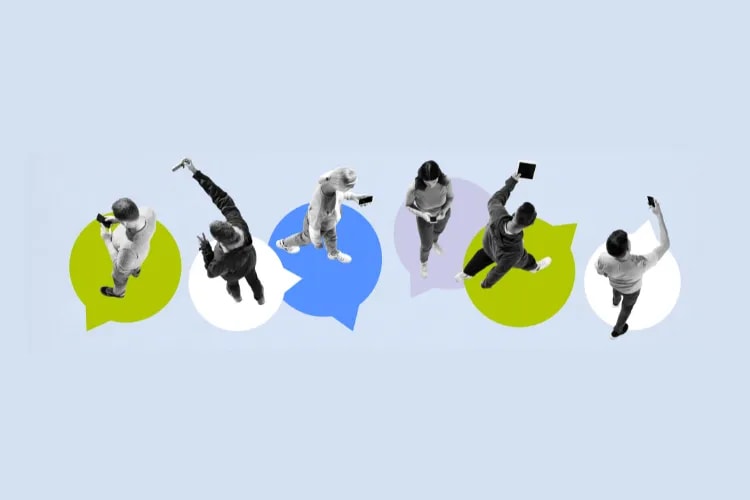
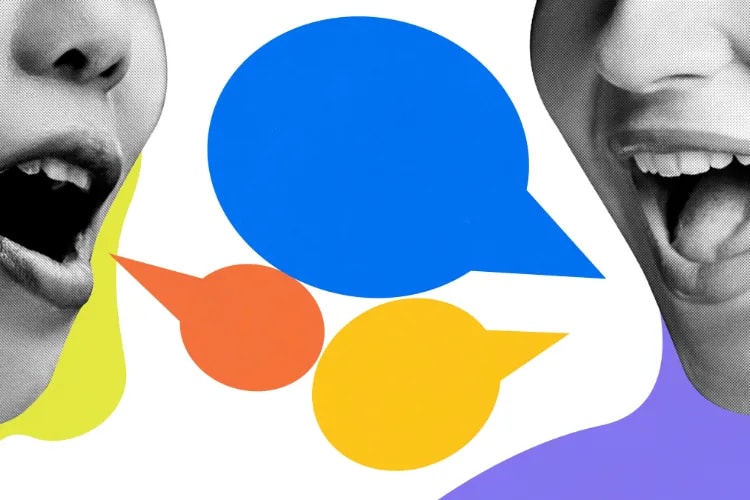

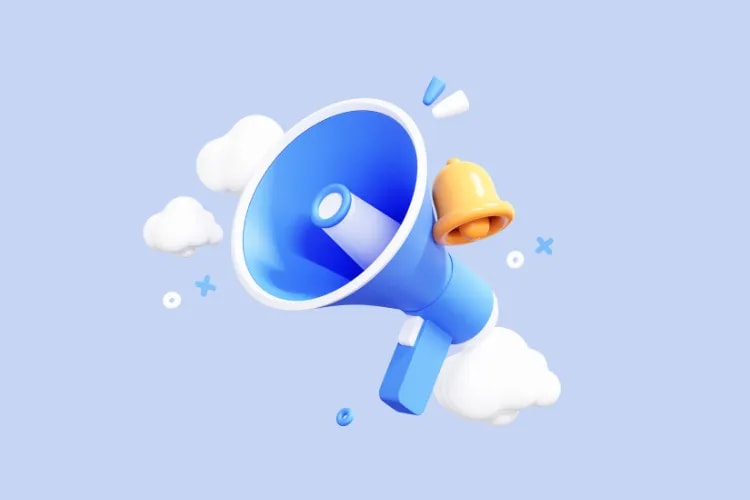
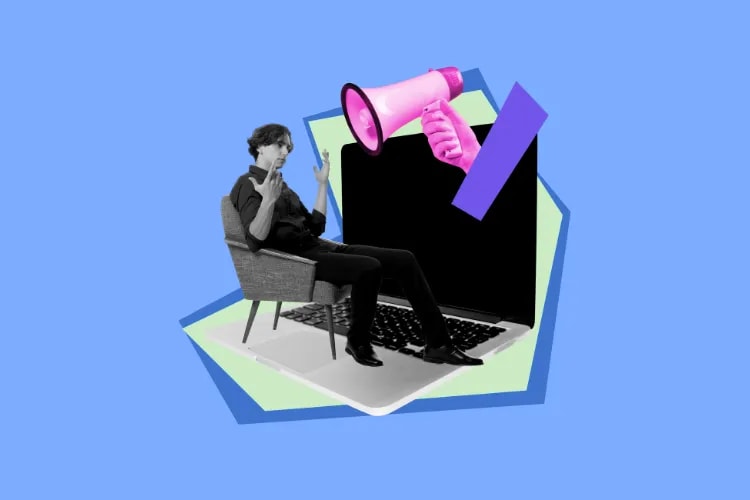
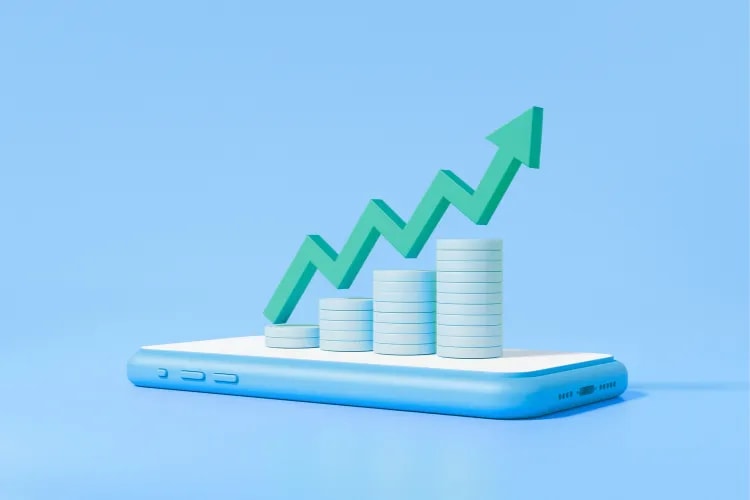
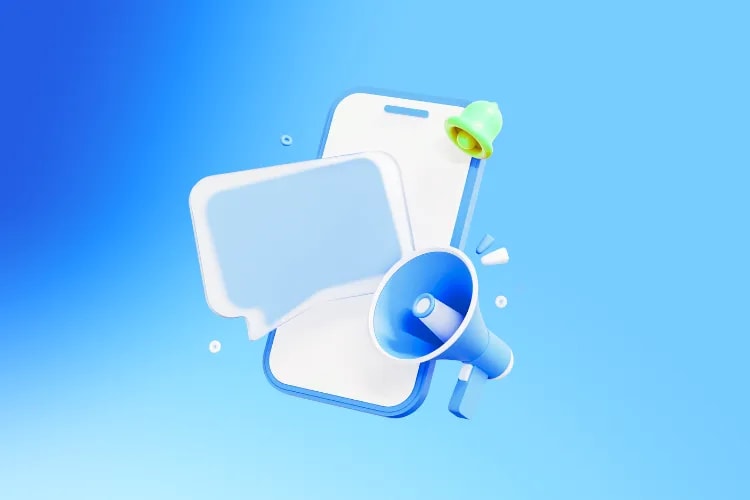
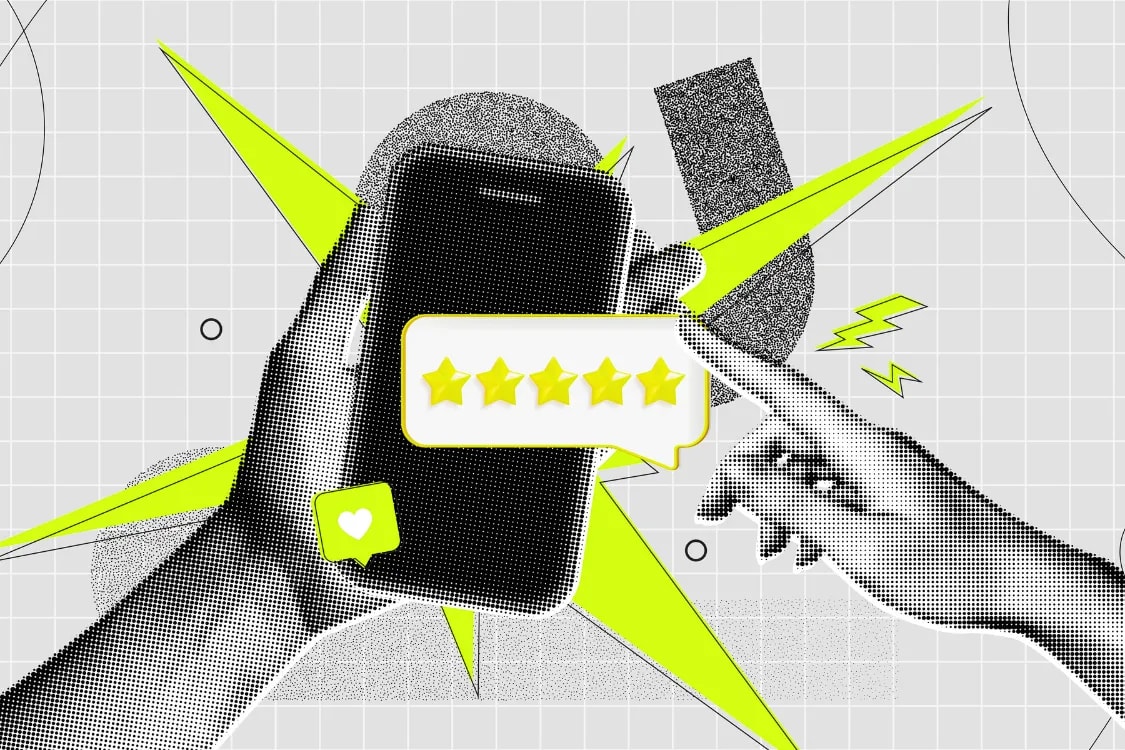

marketing
marketing
marketing
selling
marketing
selling
planning
marketing
marketing